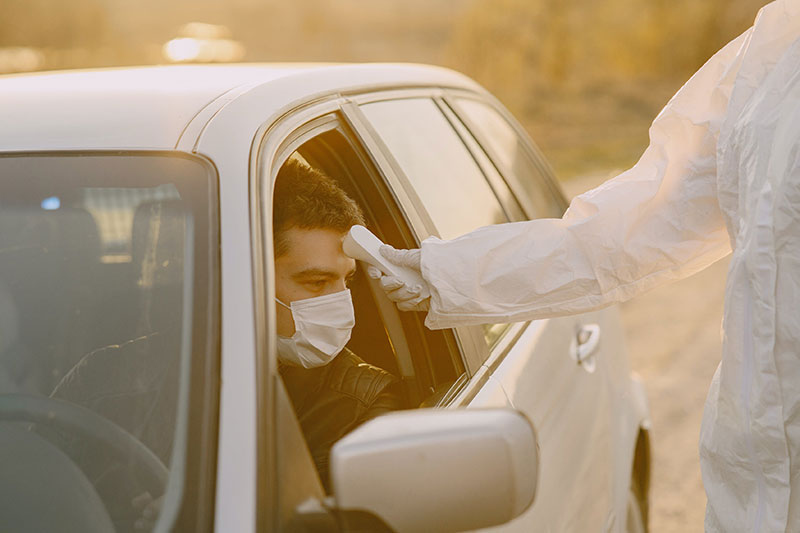
As hospitals and other healthcare organizations across the country move to fully re-open their facilities and resume performing elective procedures, there is much to be considered. According to the April 2020 Healthcare Advisory Board article, “Your Checklist for Resuming Elective Procedures,” there are five broad steps that a health leader should follow:
- Confirm that elective procedures can be safely managed.
- Determine how to quickly prioritize procedure volumes.
- Implement new policies and procedures.
- Re-engage staff and attend to their needs.
- Establish an external communication plan.
According to President Trump’s Guidelines “Opening Up America Again, Phase 1,” elective surgeries can resume, as clinically appropriate, on an outpatient basis at facilities that adhere to CMS guidelines. Prior to increasing services, staff should be made aware and trained on any new and/or changes to existing policies and procedures. Some of those policies may include:
- Access Control
- Patient Visitation Policy
- Return to Work Policy (General Staff/Contractors; Staff/Contractors who are members of a vulnerable population)
- Screening Points –
- For low pedestrian traffic situations - close contact screening in a non-enclosed space. The equipment needed includes a close contact temperature gauge and proper PPE appropriate to the environment.
- For high traffic situations - distance screening may be used. The equipment needed could include a thermal camera and associated software. PPE as needed if the employee monitoring the equipment is able to maintain a distance of six feet or greater.
- Access to Common Areas (Lobbies, Waiting Areas, Cafeterias/Food Courts, Break Rooms, Meeting Rooms, Chapel, Elevators, Corridors/Inside Walkways)
- Wayfinding and Workplace Signage
- Where should signage be placed (external, internal)
- Multi-language requirements
- Signage for social distancing, “no talk zones,” etc. and monitoring compliance
- Personal Protection Equipment (PPE) Requirement for Patients, Visitors, Staff and Contractors/Vendors
As more patients, visitors, and staff begin to enter the environment, healthcare organizations should expect that the new policies and procedures regarding personal protective equipment (PPE) and social distancing to be tested. It is important to plan ahead and prepare for those situations. New policies and procedures may scare and agitate patients who would not typically act out. Be respectful and understanding of the situation and plan for alternative options.
Managing change begins with leadership anticipating and mitigating anxiety which accompanies these processes. Train and prepare staff with resources and pre-written scripts where appropriate.
About the Author: Lisa Terry is Vice President of Healthcare at Allied Universal®. For additional information on healthcare security, please contact Lisa.Terry@aus.com.























